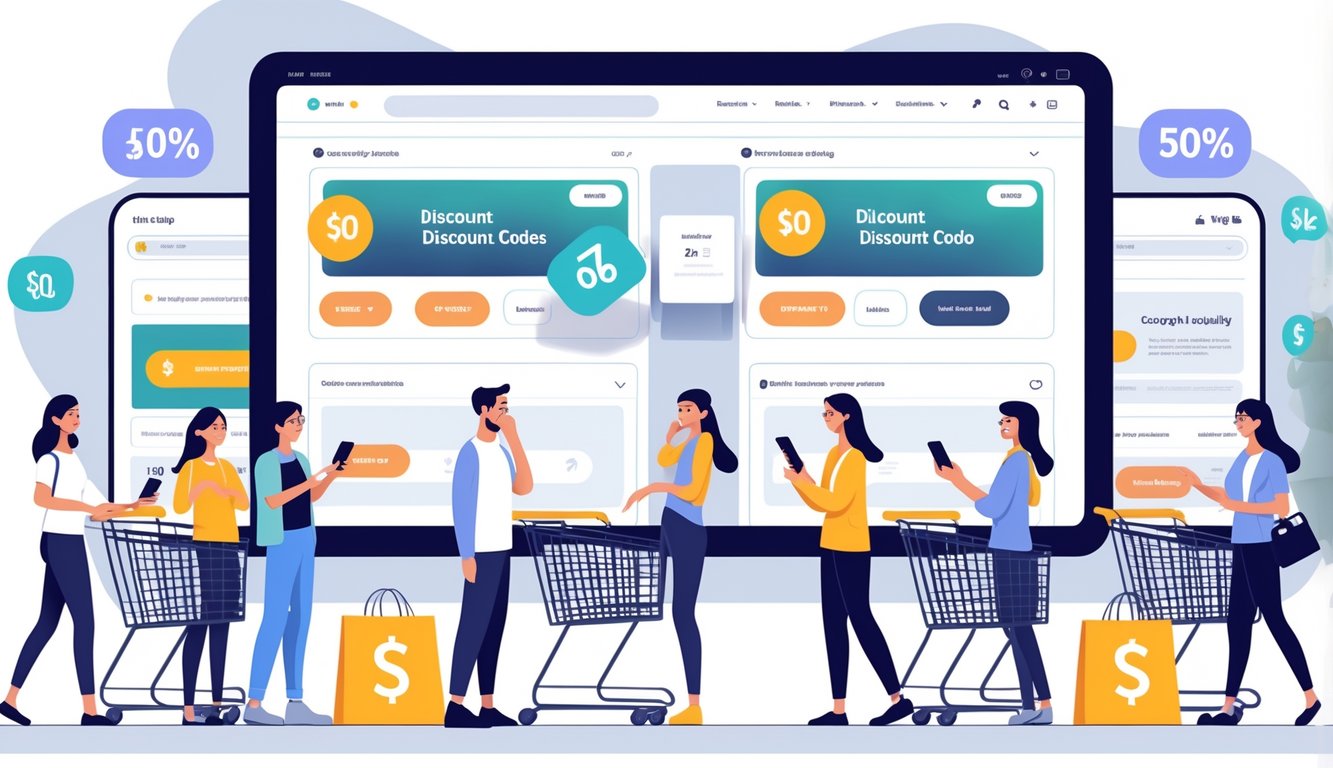
The Role of Digital Tools in Discount Discovery
Checked three carts today. Zero codes. No “apply savings” banners. Just blank space where hope should be. Retail apps, Chrome extensions, browser plugins—every one promises magic. What’s really happening? Algorithms fighting behind the scenes while I’m stuck refreshing checkout, wondering if it’s all just a simulation.
Browser Extensions for Promo Codes
Watching Honey, Rakuten, Capital One Shopping, and the rest run their little routines is almost nostalgic. Like, remember actual coupon books? Except now, who knows if these things work. The “percent claimed savings” stats look good in press releases, but my receipts? Not so much. Ran Honey on Ulta last week: nothing. Tried Nike: $11.95 off. No rhyme or reason.
Developers (I cornered one at a fintech panel) admit retailers block extension IPs all the time. Sometimes the add-ons sniff out weird beta codes, but mostly it’s cat and mouse, and I’m the cheese. If you want to save, you need at least three extensions, a willingness to try “expired” codes, and a high tolerance for error pop-ups.
Influence on Savings and Shopping Behavior
Impulse shopping with one-click codes used to be a thrill. Now, with brands pulling digital discounts left and right (apparently 60%+ of US shoppers still hunt for them, see here), it’s more like rolling dice. My jeans sat in a cart for hours, waiting for a browser pop-up. Eventually, a promo appeared after midnight. Was it real? Who knows. I checked out anyway.
Digiday says people switch brands or abandon carts more when codes disappear. So now I just stalk loyalty rewards harder or dig through coupon forums. Group texts are a mess—everyone’s got a “sure thing” code, half-baked screenshots, or discount rumors that never pan out. Retailers profit, but if there’s a pattern to this, I sure can’t see it. Sometimes the “best” promo is just luck. If browsers could read my frustration, I’d be bankrupt.
The Influence of Income and Employment Status
Three tabs open, charts everywhere, and somehow it’s always the high earners hoarding digital coupons. Patterns? Don’t see any. Income brackets jump around, job titles make no sense, digital spending does its own thing.
Changing Demographics of Coupon Users
My retired neighbor complains that “kids these days” don’t care about savings, but the data? It’s the wealthy, employed crowd filling in coupon fields. Like, 89% of online buyers making $175K–$199K are using coupons (stats here). That’s the opposite of what you’d expect. Gen Z gig workers? They think codes are spam unless it drops a hoodie under $30.
Nobody’s clipping newspaper coupons anymore, but it’s not laziness. It’s just faster to scan digital codes. Full-time workers skip paper deals, but “buy one, get one” traps still get them to spend more. EconLife blames the shrinking stay-at-home crowd for the death of old-school couponing. I get it. I forget expiration dates every time, anyway.
In-Store vs. Online: The Shift in Discount Strategies
Nobody tells you how wild coupon hunting gets when your favorite codes vanish overnight. TikTokers rant about it, and honestly, I feel their pain. Retailers yank perks and suddenly you’re forced to pick a side.
Why Some Coupons Remain In-Store Only
My coffee punch card? Useless. Barista just shrugged: “App rewards only.” Retailers like Target and Macy’s know people browse more and buy more when they’re in the store. So they keep certain coupons in-store only. It works, apparently—studies say coupons create “urgency” for in-person shoppers.
Paper coupons still pop up at registers or on receipts. Sometimes you get “spend $50, get $10” deals, but only if you show up. Annoying if you hate crowds, but stores bet on hybrid models now, because in-store shopping still gives people that instant win feeling. A manager literally told me, “Foot traffic trumps clicks.” I get it, but I’d rather save from my sofa.
Digital-Exclusive Savings
Ever try to grab a flash deal online and it’s gone before your confirmation email arrives? Every brand—Gap, Sephora, Kohl’s—piles on digital exclusives. E-commerce is supposed to hit 35% of all retail by 2025 (triple-checked here), so now your inbox and social feeds are ground zero for 2 A.M. promo codes.
It’s a game: app-only codes, loyalty rewards you can’t use at the register, “members get 20%” banners with ticking clocks. Algorithms mutate the offers based on your shopping history. I’ve seen discounts unlock just because I spent more time scrolling. You’ll never get the same price in-store unless you show a barcode from your phone. FOMO gets me every time—splurged just to “catch the deal” before it vanished.
Returns are a pain online, but the loyalty perks are slick—free shipping, member-only codes, dynamic pricing that never appears in-store. Not always a win, but digital-only deals keep dragging people away from malls and into endless carts.



